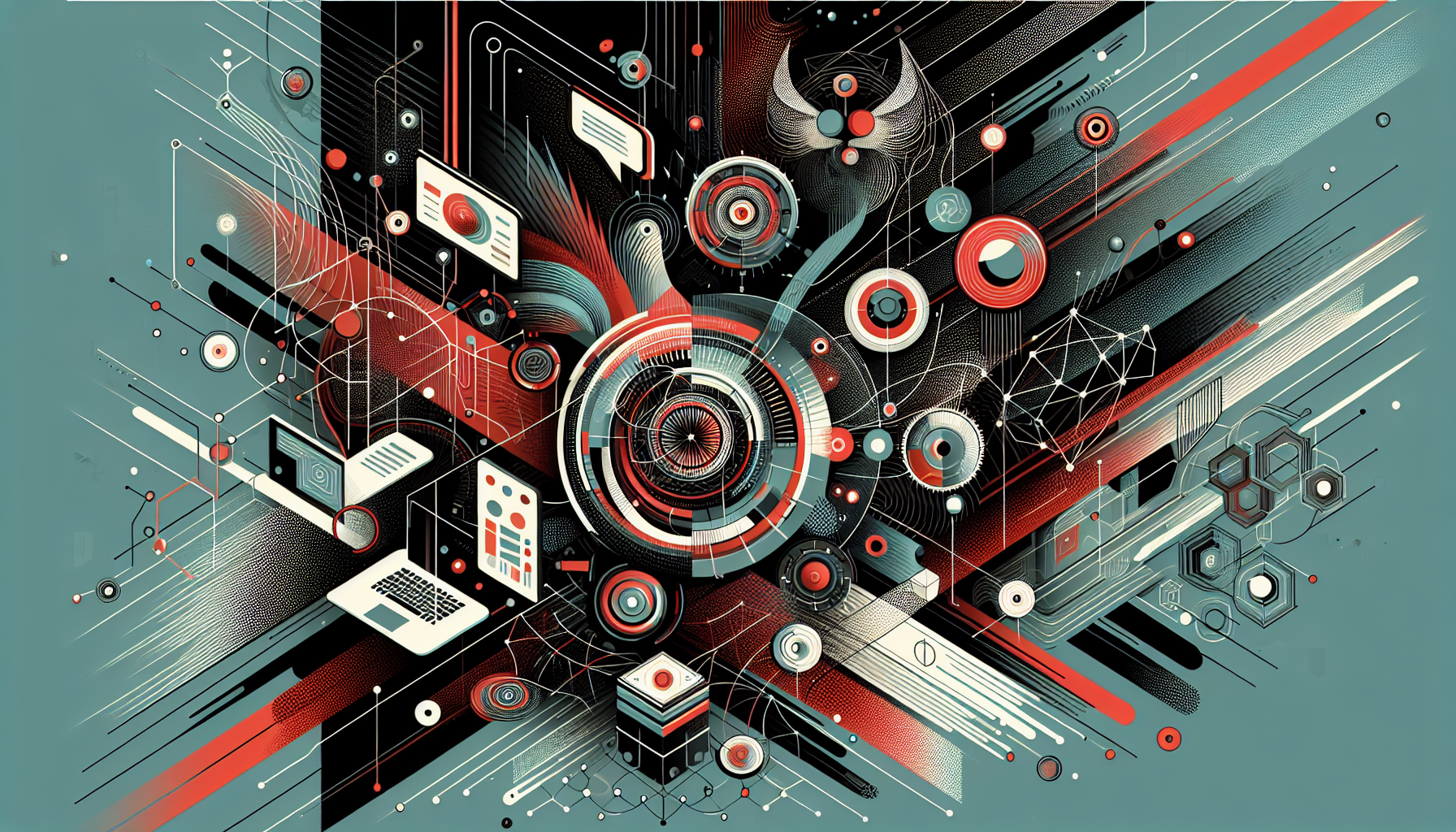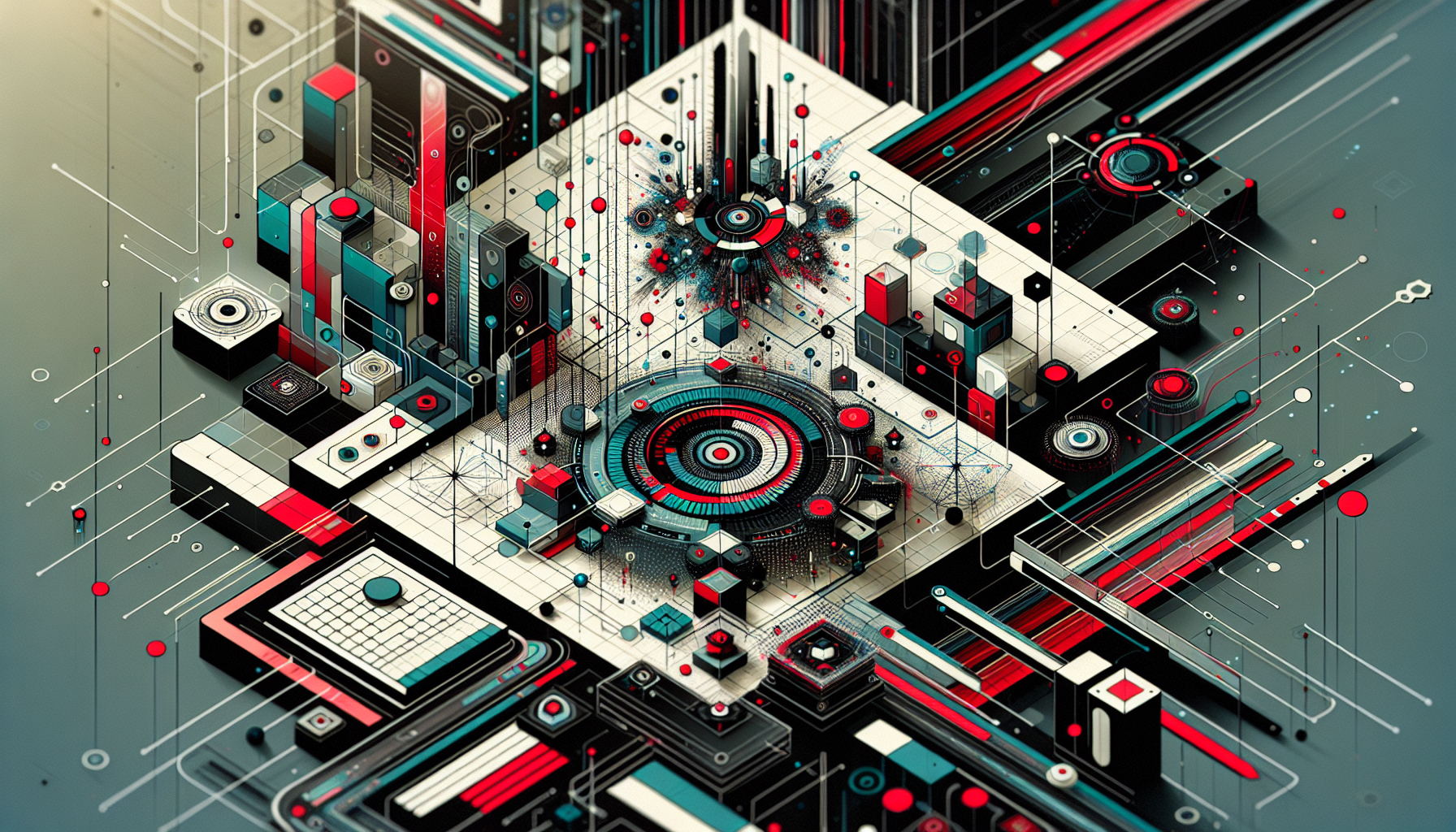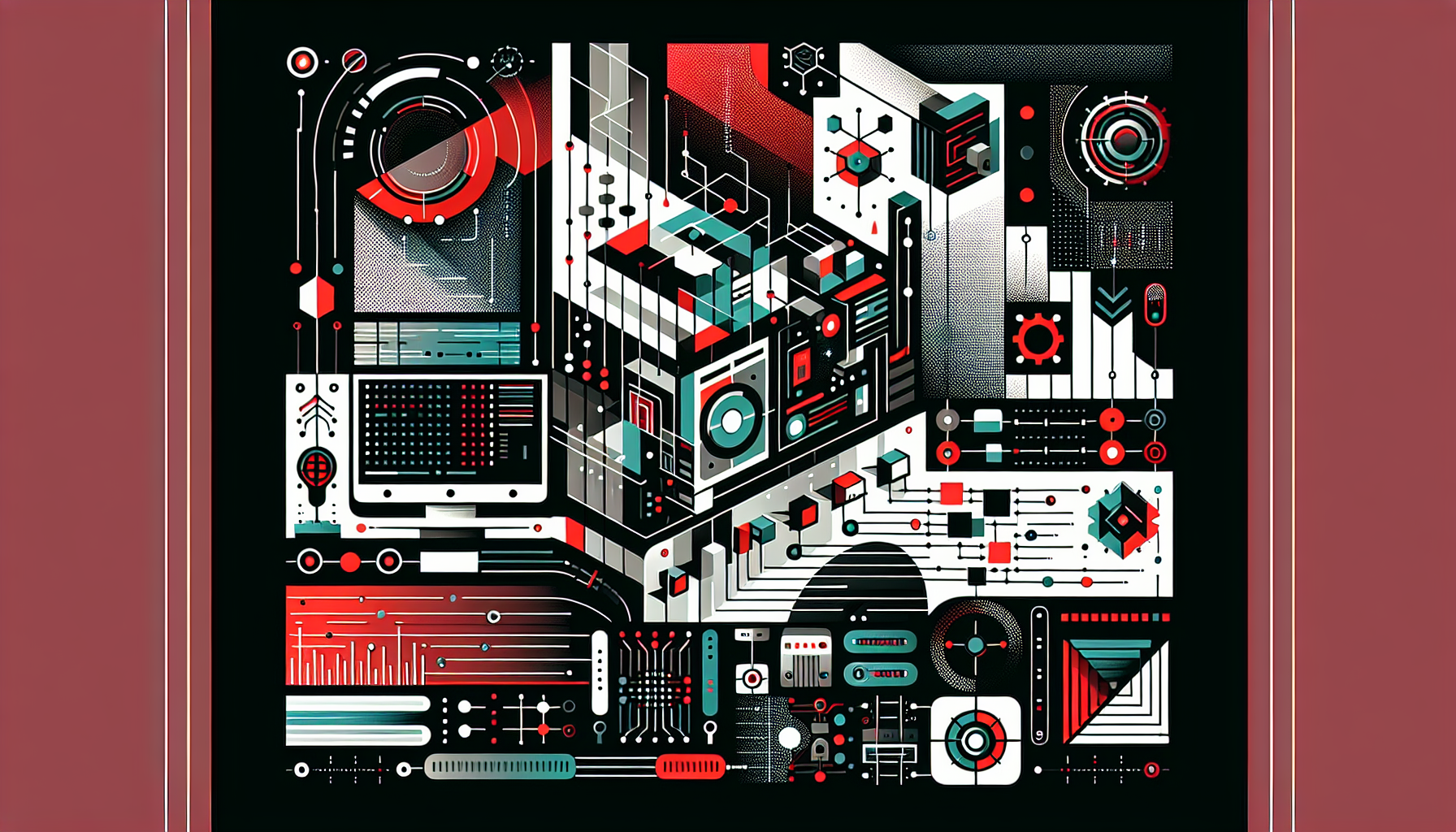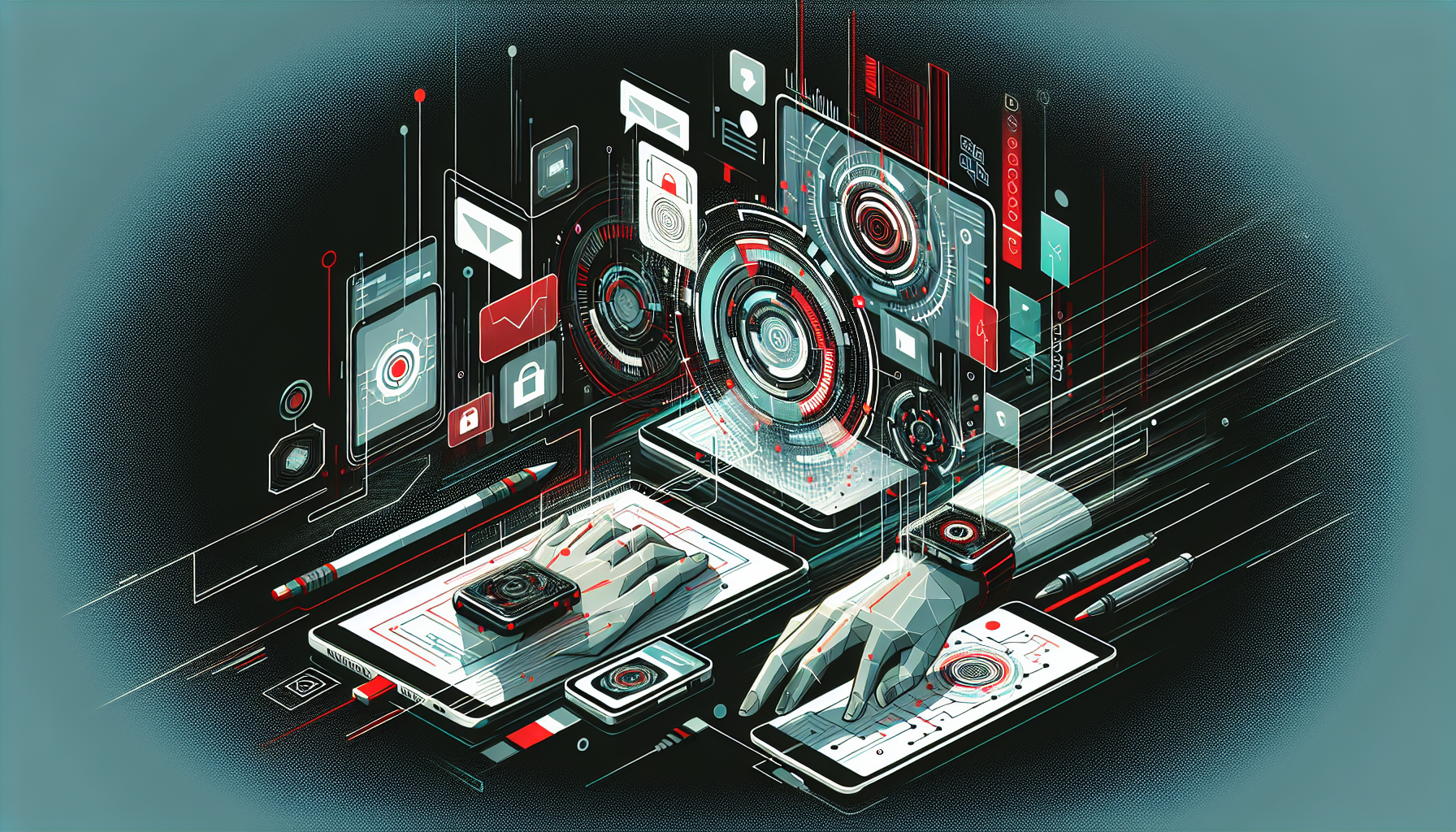Evolution of Web 3.0 Technologies

Evolution of Web 3.0 Technologies
Understanding Web 3.0
Web 3.0 represents the next phase of internet evolution, characterized by decentralized protocols, blockchain technologies, and the semantic web. Unlike its predecessor, Web 2.0, which focused on user-generated content, Web 3.0 emphasizes decentralization, ownership, and a more intelligent and connected web experience.
Core Technologies of Web 3.0
- Blockchain Technology
Blockchain serves as the backbone of Web 3.0, enabling decentralized data storage and peer-to-peer transactions without intermediaries.
-
Ethereum: A decentralized platform that allows developers to build and deploy smart contracts. Ethereum’s programmability makes it a popular choice for creating decentralized applications (DApps).
“`solidity
// Simple Solidity Smart Contract
pragma solidity ^0.8.0;contract SimpleStorage {
uint storedData;function set(uint x) public { storedData = x; } function get() public view returns (uint) { return storedData; }}
“` -
InterPlanetary File System (IPFS): A distributed file system that seeks to connect all computing devices with the same system of files. It’s a key technology for decentralized storage.
“`bash
# Installing IPFS
wget https://dist.ipfs.io/go-ipfs/v0.8.0/go-ipfs_v0.8.0_linux-amd64.tar.gz
tar xvfz go-ipfs_v0.8.0_linux-amd64.tar.gz
cd go-ipfs
sudo bash install.sh# Initializing IPFS
ipfs init
“` -
Semantic Web
The semantic web aims to make internet data machine-readable, enhancing search and data integration capabilities.
-
Resource Description Framework (RDF): A framework for representing information about resources in the web. It uses triples (subject, predicate, object) to make statements about resources.
xml
<rdf:RDF xmlns:rdf="http://www.w3.org/1999/02/22-rdf-syntax-ns#">
<rdf:Description rdf:about="http://example.org/book/book1">
<dc:title>A Semantic Web Primer</dc:title>
<dc:creator>Paul Groth</dc:creator>
</rdf:Description>
</rdf:RDF> -
Web Ontology Language (OWL): Used to explicitly represent the meaning of terms in vocabularies and the relationships between those terms.
-
Artificial Intelligence
AI in Web 3.0 is used to process natural language and personalize user experiences.
-
Natural Language Processing (NLP): Enables machines to understand and respond to text or voice data.
“`python
# Simple example using Python’s NLTK library
import nltk
from nltk.tokenize import word_tokenizenltk.download(‘punkt’)
text = “Web 3.0 is transforming the internet landscape.”
word_tokens = word_tokenize(text)print(word_tokens)
“` -
Machine Learning Algorithms: Enhance data analysis and decision-making processes, providing personalized recommendations and insights.
Key Features of Web 3.0
- Decentralization: Data is stored across networks, reducing reliance on centralized servers and increasing resilience.
- Data Ownership: Users maintain control over their data, enhancing privacy and security.
- Interoperability: Seamless integration of applications and services across different platforms.
Practical Applications
- Decentralized Finance (DeFi)
DeFi platforms leverage blockchain to provide open financial services such as lending, borrowing, and trading without traditional banking intermediaries.
-
Uniswap: An Ethereum-based decentralized exchange that enables peer-to-peer trading of crypto assets.
-
Non-Fungible Tokens (NFTs)
NFTs represent ownership of unique digital items and have applications in art, gaming, and more.
-
OpenSea: A marketplace for buying, selling, and discovering NFTs.
-
Decentralized Autonomous Organizations (DAOs)
DAOs are organizations governed by smart contracts where decisions are made collectively by stakeholders.
- Aragon: A platform for building DAOs, providing tools to manage organizations and collaborate without intermediaries.
Comparison of Web 2.0 and Web 3.0
| Feature | Web 2.0 | Web 3.0 |
|---|---|---|
| Data Storage | Centralized servers | Decentralized networks |
| Content Ownership | Platform-owned | User-owned |
| Interactivity | User-generated content | User-controlled experiences |
| Monetization | Ad-based revenue models | Token-based incentives |
| Privacy | Platform-managed | User-managed, enhanced |
Getting Started with Web 3.0 Development
- Blockchain Development: Start by learning Solidity for Ethereum smart contracts and use tools like Truffle and Remix for development and testing.
- Decentralized Storage: Explore IPFS for decentralized data storage and consider building DApps with Filecoin.
- Semantic Web Technologies: Familiarize yourself with RDF and OWL to create interoperable web content.
- AI and NLP: Use libraries such as TensorFlow and PyTorch for AI development and NLTK for natural language processing tasks.
Web 3.0 technologies are transforming the internet landscape, providing new opportunities for innovation and user empowerment. By embracing these technologies, developers can create applications that leverage decentralization, enhance privacy, and deliver more intelligent and personalized experiences.





0 thoughts on “Evolution of Web 3.0 Technologies”